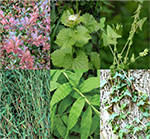
Invasive Plants of the Patapsco Watershed
Diana Devers, Environmental Program Manager for Patapsco Heritage Greenway, discussed common Patapsco Valley invasive plant species, how to identify these species, as well as, their history, how to properly remove them, and native plant options to help with invasive species protection.
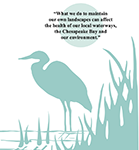
Are you a bay-wise home owner?
The misuse of pesticides and fertilizers, lack of soil management, and poor plant selection can all contribute to the degradation of Maryland’s streams, rivers, and the Bay. By changing a few simple landscape practices, you and your family can help keep Maryland communities healthy.

by David Scheurer
The SWCC has developed a volunteer sample program to monitor the water quality of our streams at 4 strategic locations, Bens Run, Brice Run, Dogwood Run and Granite Run. These streams capture runoff from a large portion of the land area within the GPCA and represent a range of land-use, development, and watershed size characteristics. The report here summarizes two years of water quality data.
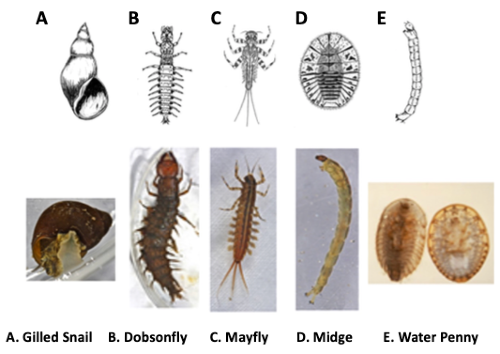
Save our Streams
by Stephanie Rochowiak
Back in March of 2022, three SWCC volunteers became certified in (take a deep breath) Aquatic Benthic Macroinvertebrate Identification (Macro ID) through the Izaak Walton League of America. To those who completely glossed over that title, think of it as searching and identifying bugs, or larvae, living under rocks in streams and rivers.

Measuring bacteria in our Streams
by Laurie Donnelly
Water, like everything else on Earth, including you, is full of bacteria. Bacteria are common single-celled organisms and are a natural component of lakes, rivers, and streams. Most of these bacteria are harmless to humans; however, certain bacteria, some of which normally inhabit the intestinal tract of warm-blooded animals, have the potential to cause sickness and disease in humans. Escherichia coli (E. coli) bacteria, found in the digestive tract of animals, can get into the environment, and if contacted by people, can cause health problems and sickness.

by Judy Plaskowitz
Winter is the season of salt. Many of us use salt (sodium chloride, NaCl) to make our outdoor paved surfaces safer. Sodium chloride, lowers the freezing point of water which prevents ice from forming and snow from sticking on surfaces. Residents, state and local governments, property managers, and private contractors all use salt to ensure public safety during a winter weather event. There are no current guidelines for salt application in Baltimore County or in the State of Maryland.
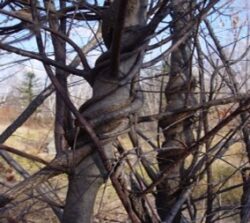
Don’t Let Vines Kill Our Trees
by Laurie Donnelly
Aggressive invasive vines are damaging our native tree canopy, contributing to climate change.Vines compete with the tree they grow on for sunlight, water, and nutrients. After encircling a towering tree to reach the sunlight, the vine branches out and shades the tree’s own foliage. Vines also add weight to the tree, causing broken and damaged limbs and trunks.

by Judy Plaskowitz
One of the signs of spring is heard rather than seen. Spring peepers will soon begin calling in earnest, attracting mates. Other amphibians, the salamanders, will soon join spring peepers in wet temporary pools found in fields and woods. The peepers are likely to be calling from a vernal pool.
Vernal pools are a seasonal feature in the forest or field environment. They cycle in predictable ways throughout the year. They form wet areas that can vary in size from big puddles that seem to take forever to go away, to large freshwater pools…..
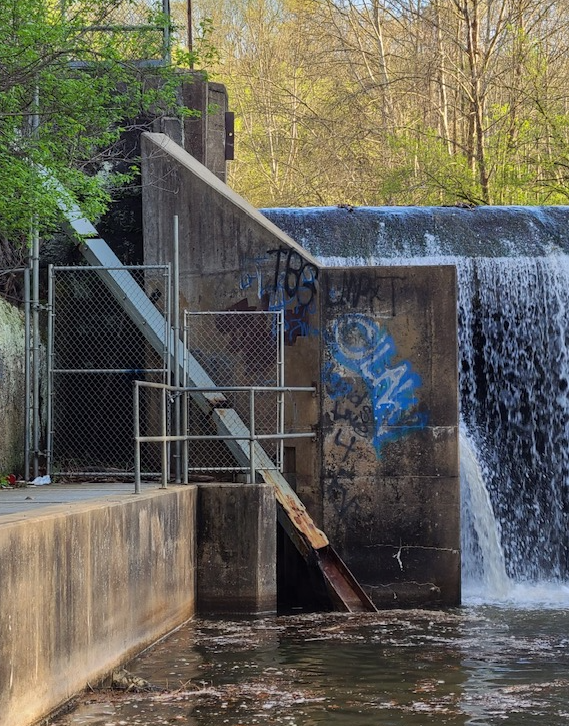
by Andy Grosko
“Don’t it always seem to go that you don’t know what you’ve got til its gone…”.
This lyric from Joni Mitchell’s 1970 song applies to many relationships between “civilization” and nature. On seemly rare occasions, we see nature starting to recover from the encroachments of civilization. One example is in our Patapsco River above Daniels Dam; there the American eels have dramatically increased the last couple of years. How do we know this? Why is it occurring? Why would we care? Read on to find out.



